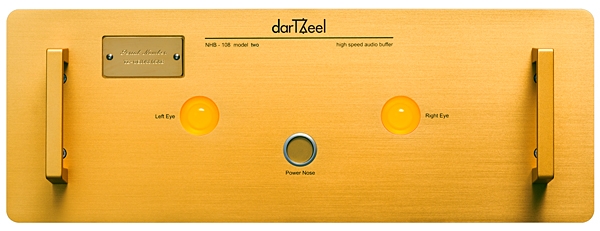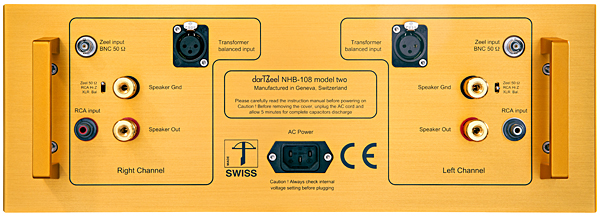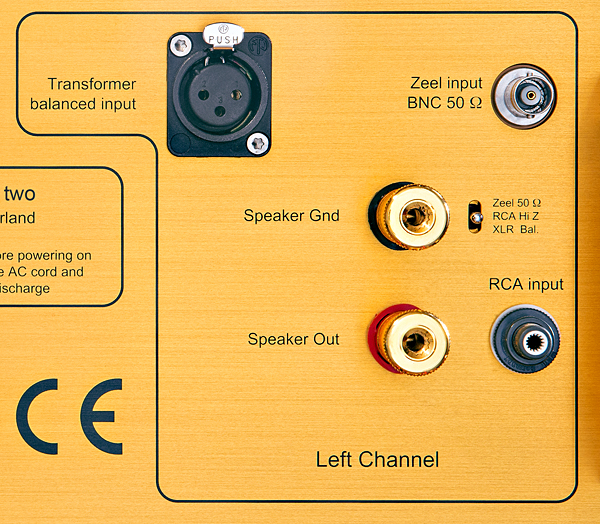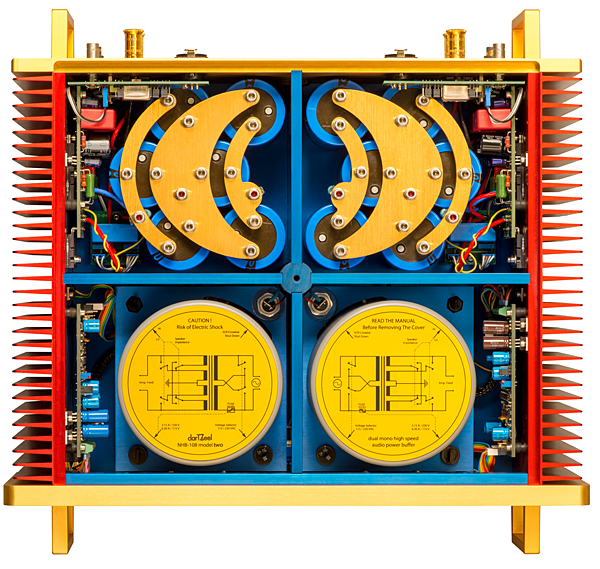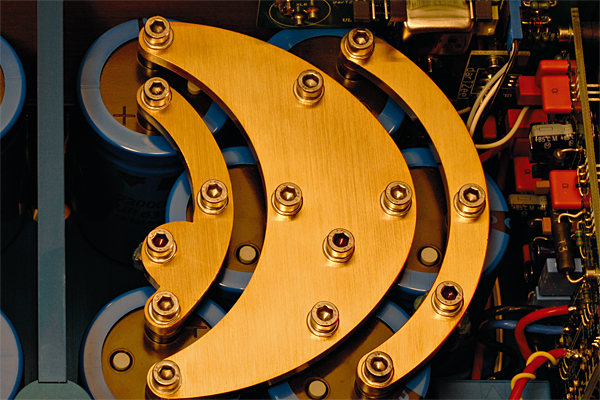| Columns Retired Columns & Blogs |
Patents are funny things...
A lot has to do with how the invention is presented.
So, for example, the patented darTZeel circuit bears a very strong resemblance to one designed and patented by Richard Baker back in 1967. (You can look it up.) Harris used a version of it in a product they sold in the early 70's, and National sold it by the zillions in the late 70's in one of their products.
